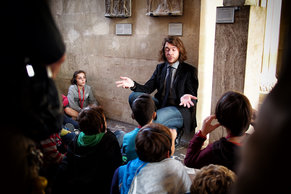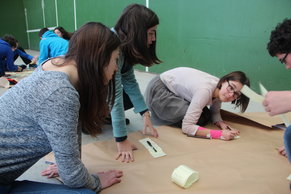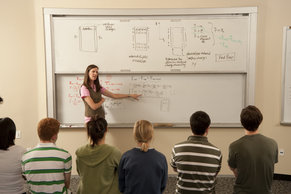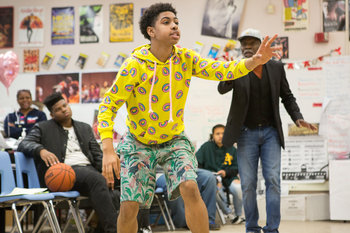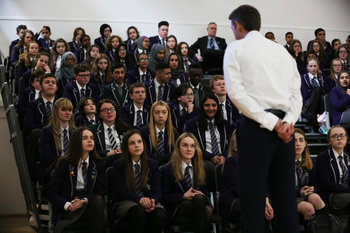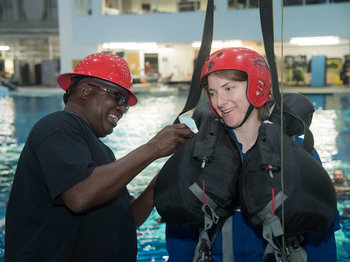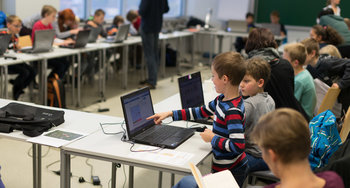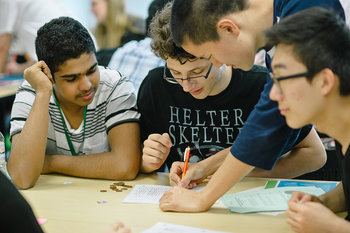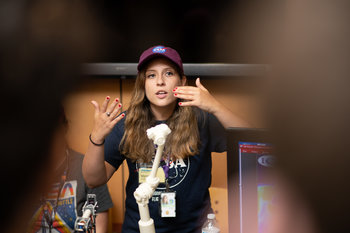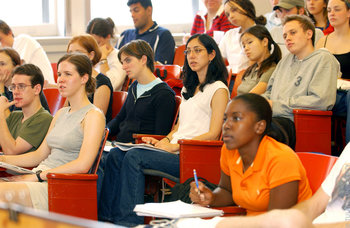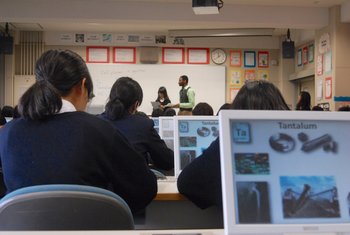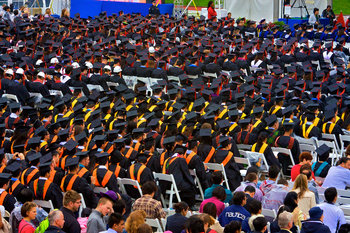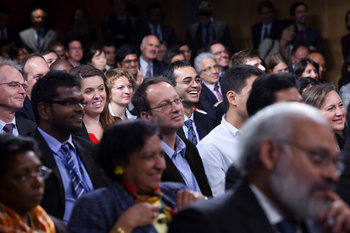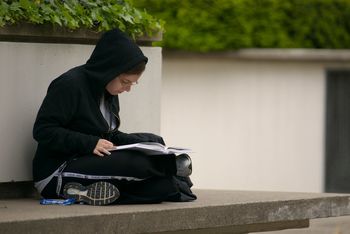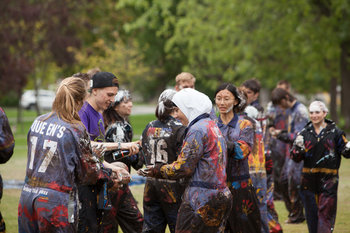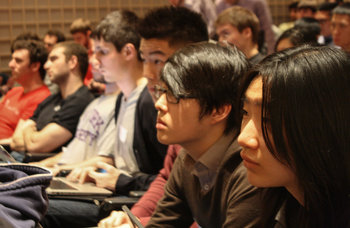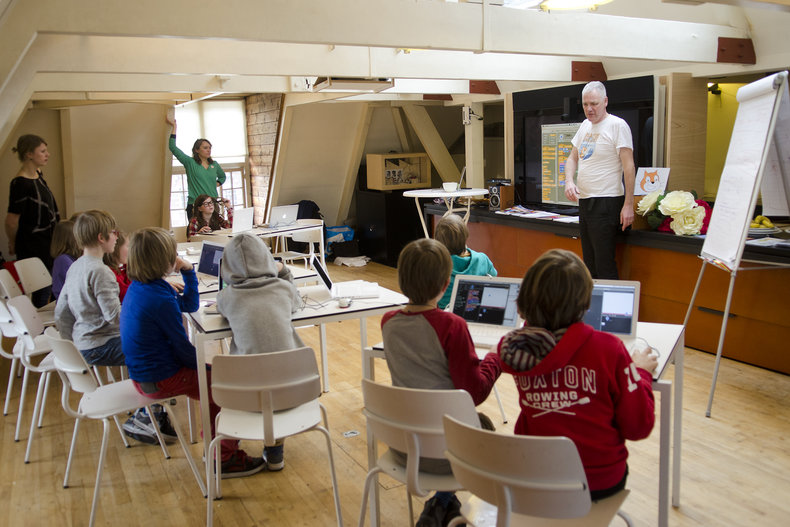
Awkward Silence
People naturally feel a creative tension when a social process such as a lesson goes silent. This prompts many teachers to immediately break the silence after a question and move the lesson along without giving students a chance to think of a thoughtful answer.Wait Time One
Wait time one is the amount of time that a teacher will wait for an initial response. This can be quite long in a well managed classroom. A long wait time one encourages more thoughtful responses.Wait Time Two
Wait time two is the amount of time that a teacher will wait for additional responses after an initial response from a student. This encourages debate and discussion. It also encourages more thoughtful responses. Wait time two can obviously be extended to multiple waits throughout a classroom conversation.Cold Calling
Cold calling is the practice of asking a particular student to answer a question. This is often contrasted with wait time as it is a common way to break an awkward silence. However, these two methods aren't mutually exclusive. Cold calling can be used to increase student engagement as students are more likely to follow a lesson when they know that they may be called upon for an answer. A high wait time can be applied to waiting for an answer to a cold call. However, this can be shortened if it is clear the student is embarrassed or struggling to respond.Response Handling
A high wait time one and two delay a teacher's handling of responses. This also allows for more thoughtful handling on the part of the teacher as they have more time to think. Common methods of response handling including elements such as reinforcement, probing, adjustment and refocusing.Classroom Management
A high wait time is indicative of a well managed classroom with a culture of following the lesson. Where students are acting out a teacher may avoid wait time to prevent disruptions. This is an unfortunate situation where students are given the impression that all thinking must take place in seconds such that they may fail to cultivate deeper thought processes.Divergent Thinking
Wait time is often incorrectly portrayed as giving students time to think of the correct answer to a question. This is misleading as students may use the time to think of a question back to the teacher or to challenge an assumption behind the question. Likewise, a question may be open-ended such that it is designed to encourage divergent thinking. In this case, there is no correct answer to the question.Notes
Wait time can be used by individuals evaluating lessons such as parents considering a private school. A high wait time that leads to thoughtful answers and classroom interaction is indicative of a talented teacher and a productive classroom culture.| Overview: Wait Time | ||
Type | ||
Definition | The amount of time that a teacher gives students to answer a verbal question without intervening to direct the conversation. | |
Related Concepts | ||

